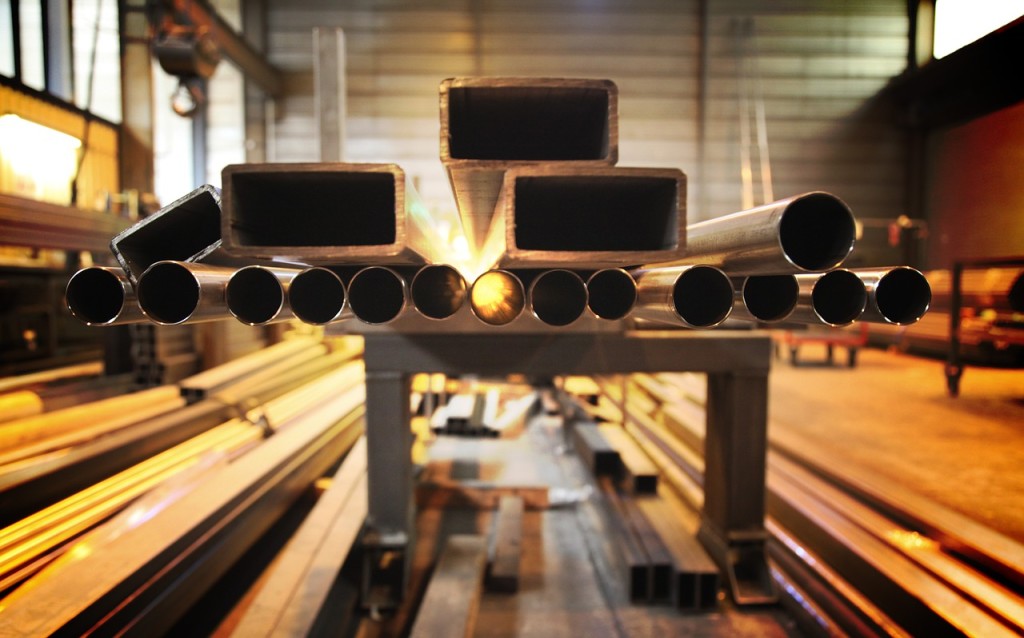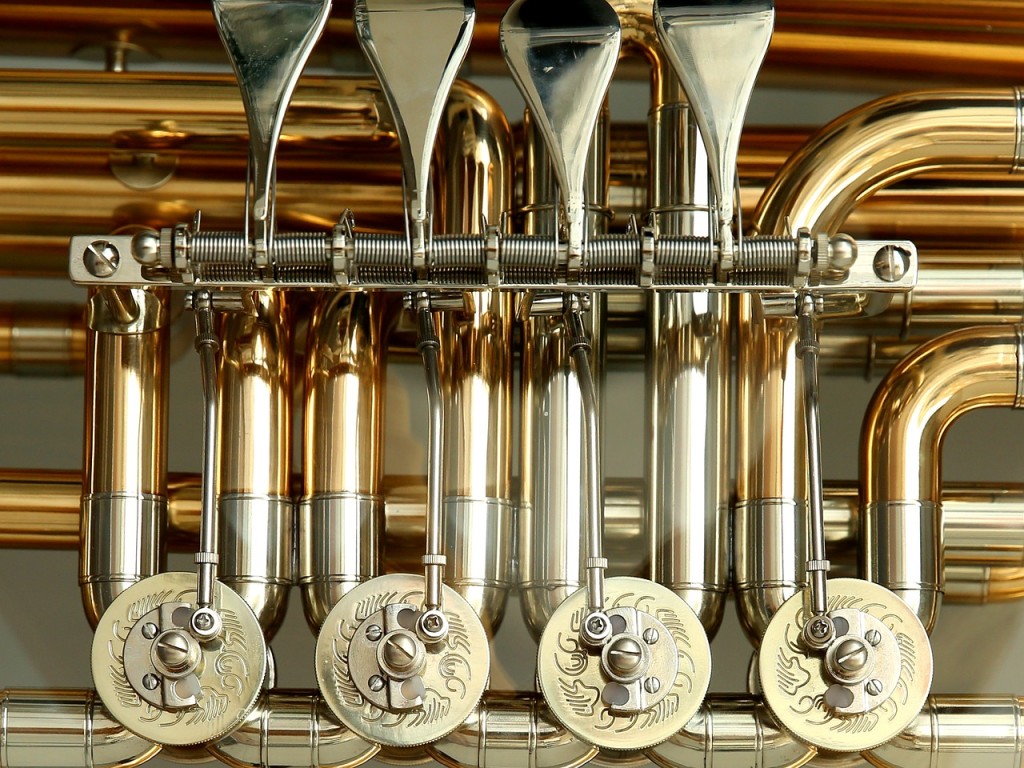
Pickling and Passivation are different forms of chemical metal finishing that provide protection on the surface of the metals. The process of doing pickling and passivation on a metal is not much of a difference. They both remove imperfections and rust on the surface of the metal. It is the intensity of the treatments that make a big difference on these two chemical metal finishing.
Pickling and Passivation are different processes that are often confused. Here are some of the differences between the two.
- Passivation, as the term implies, makes the stainless steel “passive” to corrosion which means building up oxide layer on the surface of the metals. On the other hand, Pickling removes the oxide layers to clean the surface of the metals of any metallic residues.
- Passivation accelerates the formation of the oxide layer of stainless steel surface that gives its corrosion resistant qualities while Pickling is best suitable for metals that exhibit existing oxides, heat tint, and weld discoloration. Moreover, for the pickling to be effective, the metal should be clean first and should be free of greases and oils.
- The acids used in passivation is either citric acid or nitric acid. The chemical solutions in pickling are much aggressive than the acids used in passivation of stainless steel. In pickling, it uses the mixtures of hydrofluoric and nitric acids.
- The process of Pickling leaves greater changes on the metal surface. Pickling can remove rust from the surface, and the discoloration made after welding the metal. In Passivation, it does not typically go below the surface of the metal. It does not also change the properties of the metal.
- Passivation is a cleaning operation if further fabrication of the metal is needed after the pickling process contaminated the surface of the metal. It is a more subtle process than pickling. There are circumstances that the two processes can be done sequentially, not simultaneously. It is during the treatments made in stainless steels involving nitric acids.
- No metal is removed from the surface when doing acid-based passivation. In pickling, it removed a thin layer of metal from the surface during the process.
- Passivation only removes free iron contamination from the stainless steel surface. Pickling, on the other hand, removes surface iron contamination, heat tint and weld scale. After Pickling, it will produce a dull matt uniform grey finish on the metal that is the effect of chemical micro-etching.

These two metal finishing processes have their differences, but both give significant advantages in adding protective layers to stainless steels against rust.
- They both remove impurities on the metals that are left after manufactured.
- Both processes protect the metals from pollutants that can damage it and cause rusting in the future.
- The stainless steel increases its durability after undergoing passivation and pickling.
- After the process, it leaves the metal with a smooth surface, even finish and particle-free surface.
Redox Chemical Industries has trained experts that can pickling and passivation processes. We carefully selected the correct process based on your needs and ensured you that we work to current and national standards, codes and laws pertaining these processes. Contact us today for your quote.
See all our passivation projects here.
